by Mary Anna Rodabaugh
 Paintings are usually classified by the artist’s style. The human mind strives for order by placing visual elements into a certain categorical box; labeling the object at hand. The end result is a painting or work of art that can be put into a Surrealism box, a Realism box, an Impressionism box, a Photorealism box, or an Abstract box, just to name a few.
Paintings are usually classified by the artist’s style. The human mind strives for order by placing visual elements into a certain categorical box; labeling the object at hand. The end result is a painting or work of art that can be put into a Surrealism box, a Realism box, an Impressionism box, a Photorealism box, or an Abstract box, just to name a few.
Yet some artists, like Brian Keeler, do not fit into one particular box. Instead, these artists adopt features from a variety of styles, thus creating hybrid-styled works of art. Featured at the Rodger LaPelle Galleries at 122 North 3rd Street, Keeler displays a wide range of subjects and styles, in his 64-piece exhibit entitled, Luminous Nature.
United by the common theme of light, Keeler’s paintings include landscapes, allegory, portraits, cityscapes and figurative works. Several of his landscapes were inspired by the idyllic mountainous areas in Northeastern Pennsylvania.
“The subject matter in this show is obviously important to me, as I paint the land that I know intimately and connect with in a meaningful way,” Keeler wrote in his artist statement.
 Several of his works, such as Nudes in Autumn, tastefully place one or more nude subjects in the middle of a captivating landscape. This type of composition collectively illuminates the natural beauty of both the human body and the earth.
Several of his works, such as Nudes in Autumn, tastefully place one or more nude subjects in the middle of a captivating landscape. This type of composition collectively illuminates the natural beauty of both the human body and the earth.
Natural elements such as meadows, bodies of water, mountains and clouds, appear to have hints of a soft Impressionistic brush style. Structural elements such as houses, fences, roads and street signs have a sharp and more realistic brush style.
Like French painter, Jean-Baptiste Camille Corot, Keeler prefers to paint his landscapes “en plein aire,” which is French for “in open air.”
“When I am about to paint, I look at the light quality first. I tend to paint early in the morning or late in the afternoon. Sometimes I’ll paint outside at sunset and watch the transition into evening,” Keeler said.
The results are magnificent.
 Keeler is a master at portraying light, shadow, and reflection. In, Keuka Lake, a swirl of nighttime Cirrus clouds wisp above the dark New York finger lake, as the twinkling town lights of Hammondsport are reflected off of the water.
Keeler is a master at portraying light, shadow, and reflection. In, Keuka Lake, a swirl of nighttime Cirrus clouds wisp above the dark New York finger lake, as the twinkling town lights of Hammondsport are reflected off of the water.
In Luminous Nocturne, a small group of people are gathered around a large illuminated paper lantern. Eight additional lanterns float in the sky. Keeler creates a gradual fade from dark to dusk in the background.
“These subjects suggest a salubrious event where light is being released into the darkness by a group of revelers. The settings were altered to come up with a theatrical-like setting to suggest a summer evening soiree with a pleasant, if not spiritual, overtone,” Keeler wrote in his artist statement.
For those craving a taste of Philadelphian beauty, Keeler has several works dedicated to that too. One such work, Corner Light with Elvis, depicts the corner of 2nd and Race Streets. In this painting, the famous Mr. Bar Stool furniture store stands in the foreground as the iconic Ben Franklin Bridge can be seen in the background. From the green traffic light to the neighboring building’s shadow cascading down the storefront, Keeler’s attention to detail is impeccable.
Keeler’s sense of individuality is prevalent throughout all of his works. Luminous Nature simply does not need to be categorized, labeled or put into a style box. That is the beauty of this radiant exhibit.
Photography courtesy of Brian Keeler

 Gaming7 years ago
Gaming7 years ago
 Music7 years ago
Music7 years ago
 Business7 years ago
Business7 years ago
 The Jawn7 years ago
The Jawn7 years ago
 The Jawn7 years ago
The Jawn7 years ago
 The MC7 years ago
The MC7 years ago
 Entertainment7 years ago
Entertainment7 years ago
 The Jawn7 years ago
The Jawn7 years ago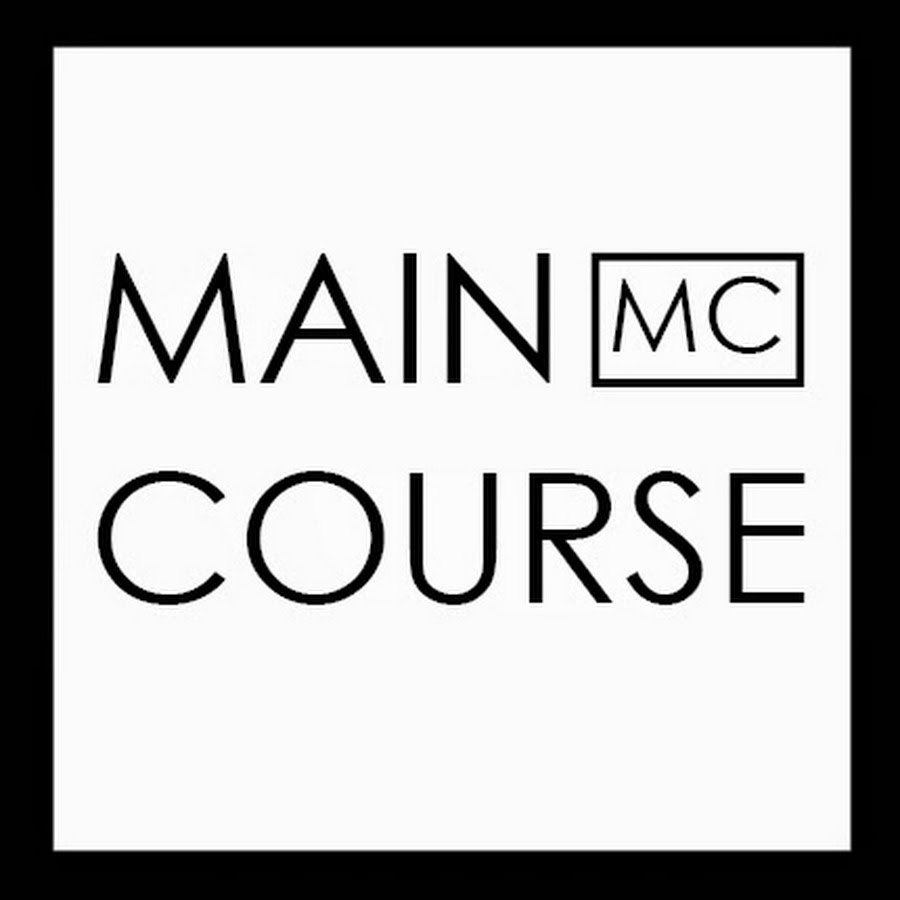
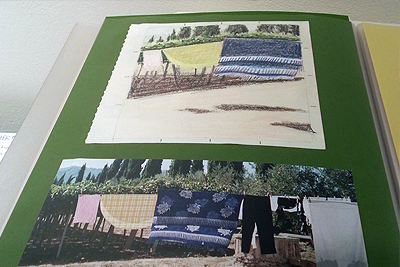
 “A picture is worth a thousand words,” or so the saying goes. The same can be said for a painting. Every brushstroke is equivalent to a word in a story. Paintings evoke emotions, trigger memories, and ignite the imagination. They can take you to new and exciting places, even if only for a moment.On a cold and icy First Friday in January, I was transported to a bright and sunny Italian vineyard. For a few moments, I completely forgot about the snow lining the sidewalk outside the 3rd Street Gallery on Second Street. This brief journey was all thanks to Judith Schermer.
“A picture is worth a thousand words,” or so the saying goes. The same can be said for a painting. Every brushstroke is equivalent to a word in a story. Paintings evoke emotions, trigger memories, and ignite the imagination. They can take you to new and exciting places, even if only for a moment.On a cold and icy First Friday in January, I was transported to a bright and sunny Italian vineyard. For a few moments, I completely forgot about the snow lining the sidewalk outside the 3rd Street Gallery on Second Street. This brief journey was all thanks to Judith Schermer.
 “In 2012 while cleaning up my studio I found the sketches and decided to finally carry out my long-forgotten plan,” Schermer said.
“In 2012 while cleaning up my studio I found the sketches and decided to finally carry out my long-forgotten plan,” Schermer said.
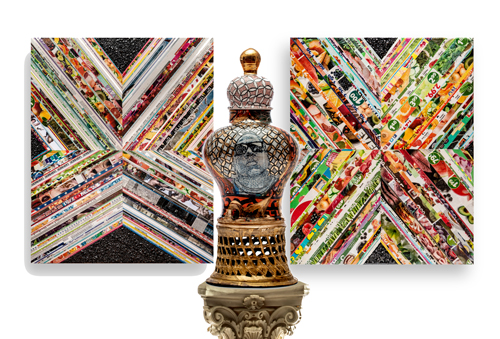






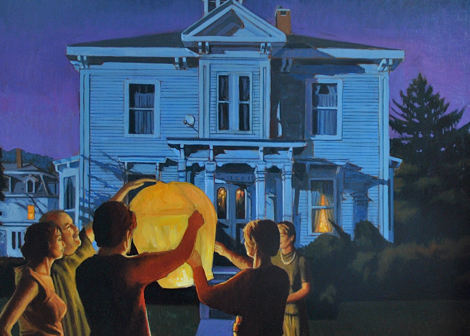
 Paintings are usually classified by the artist’s style. The human mind strives for order by placing visual elements into a certain categorical box; labeling the object at hand. The end result is a painting or work of art that can be put into a Surrealism box, a Realism box, an Impressionism box, a Photorealism box, or an Abstract box, just to name a few.
Paintings are usually classified by the artist’s style. The human mind strives for order by placing visual elements into a certain categorical box; labeling the object at hand. The end result is a painting or work of art that can be put into a Surrealism box, a Realism box, an Impressionism box, a Photorealism box, or an Abstract box, just to name a few. Several of his works, such as Nudes in Autumn, tastefully place one or more nude subjects in the middle of a captivating landscape. This type of composition collectively illuminates the natural beauty of both the human body and the earth.
Several of his works, such as Nudes in Autumn, tastefully place one or more nude subjects in the middle of a captivating landscape. This type of composition collectively illuminates the natural beauty of both the human body and the earth. Keeler is a master at portraying light, shadow, and reflection. In, Keuka Lake, a swirl of nighttime Cirrus clouds wisp above the dark New York finger lake, as the twinkling town lights of Hammondsport are reflected off of the water.
Keeler is a master at portraying light, shadow, and reflection. In, Keuka Lake, a swirl of nighttime Cirrus clouds wisp above the dark New York finger lake, as the twinkling town lights of Hammondsport are reflected off of the water.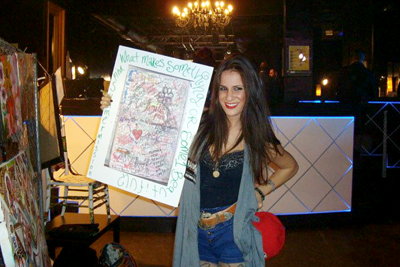
 I usually end up somewhere in between Manhattan’s busy streets and overcrowded subways on a mission to find good drinks, new music, cool art, amazing people, and fashion that I’ll never find at my local Macy’s. However, on December 5th I had to look no further than the 5th Annual Philadelphia RAWards held at LiT Ultrabar. After browsing the open room, a room overwhelmed with an enigmatic aura of underground artistry, the commonality gluing this event together was obvious. These local artists, musicians, photographers, filmmakers, and stylists were all there to deliver ingenious art expression to the city of Philadelphia. I had a revelation: The fact that I’ve never attended a RAW event in Philadelphia could only mean that I needed to spend less time hopping trains to the Big Apple and more time walking the cobblestone streets in the City of Brotherly Love.
I usually end up somewhere in between Manhattan’s busy streets and overcrowded subways on a mission to find good drinks, new music, cool art, amazing people, and fashion that I’ll never find at my local Macy’s. However, on December 5th I had to look no further than the 5th Annual Philadelphia RAWards held at LiT Ultrabar. After browsing the open room, a room overwhelmed with an enigmatic aura of underground artistry, the commonality gluing this event together was obvious. These local artists, musicians, photographers, filmmakers, and stylists were all there to deliver ingenious art expression to the city of Philadelphia. I had a revelation: The fact that I’ve never attended a RAW event in Philadelphia could only mean that I needed to spend less time hopping trains to the Big Apple and more time walking the cobblestone streets in the City of Brotherly Love. RAW: natural born artists is an independent arts organization that provides young, indie creatives with the necessary tools and resources to take their creativity to a higher level and expose their talents to the city. Among the RAW artists showcased at the Philadelphia venue were nine artists deemed, “RAW Artists of the Year”. This year’s RAWard winners included Kory Zuccarelli (Photographer of the Year), John & Brittany (Musician of the Year), Anastasia Alexandrin (Visual Artist of the Year), Emaline Designs (Accessories Designer of the Year), Amanda Danziger (Filmmaker of the Year), Necro FX (Makeup Artist of the Year), Clifford Scott (Hair Stylist of the Year), Singing Circus Woman (Performing Artist of the Year), and Project Runway Season 12 Designer Dom Streater (Fashion Designer of the Year).
RAW: natural born artists is an independent arts organization that provides young, indie creatives with the necessary tools and resources to take their creativity to a higher level and expose their talents to the city. Among the RAW artists showcased at the Philadelphia venue were nine artists deemed, “RAW Artists of the Year”. This year’s RAWard winners included Kory Zuccarelli (Photographer of the Year), John & Brittany (Musician of the Year), Anastasia Alexandrin (Visual Artist of the Year), Emaline Designs (Accessories Designer of the Year), Amanda Danziger (Filmmaker of the Year), Necro FX (Makeup Artist of the Year), Clifford Scott (Hair Stylist of the Year), Singing Circus Woman (Performing Artist of the Year), and Project Runway Season 12 Designer Dom Streater (Fashion Designer of the Year). I couldn’t help but succumb to the raw emotions of artist Toni Michele. All of her work, including the stunning portrait of Lady Gaga, was full of life. When I asked what inspired her work, she first admitted that she was a bit of a manic, and then shared with me her personal book full of notes, thoughts, and letters. “My inspiration comes from painting things for people I love. It helps me deal with depression,” she said. She flipped to a page in her book, handed me a marker, and asked what I would attempt to do if I could not fail. I see. It was my turn to undress.
I couldn’t help but succumb to the raw emotions of artist Toni Michele. All of her work, including the stunning portrait of Lady Gaga, was full of life. When I asked what inspired her work, she first admitted that she was a bit of a manic, and then shared with me her personal book full of notes, thoughts, and letters. “My inspiration comes from painting things for people I love. It helps me deal with depression,” she said. She flipped to a page in her book, handed me a marker, and asked what I would attempt to do if I could not fail. I see. It was my turn to undress. And so it seems, to call yourself an artist is to commit to your art, undress for your audience, and reveal the raw emotion attached to your work, just as the RAW artists of Philadelphia have done.
And so it seems, to call yourself an artist is to commit to your art, undress for your audience, and reveal the raw emotion attached to your work, just as the RAW artists of Philadelphia have done.

You must be logged in to post a comment Login